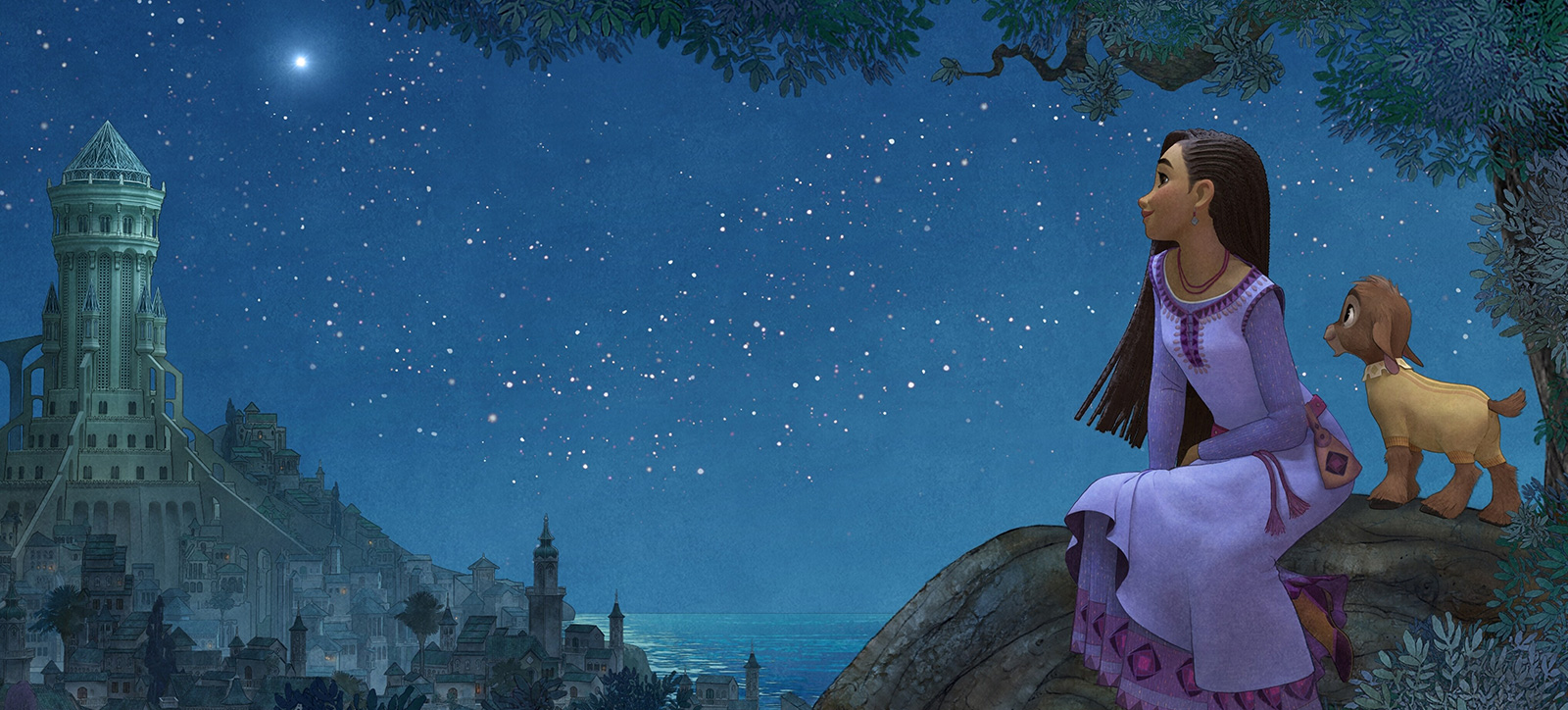
Firms that 'Wish' to emulate Disney's success should heed three key lessons from the studio's history.
The Walt Disney Company has spent 100 years enchanting audiences with magical tales like Frozen, The Little Mermaid, and Cinderella.
But as the studio celebrates its centenary, strategists would do well to study the firm’s own story. After all, the average lifespan of an S&P 500 company is just 16 years.
A careful dissection of Disney’s history reveals a few surprising insights. My book on long-lived European companies painted of picture of enduring success built on caution and careful consideration to avoid major missteps.
Disney, on the other hand, has never been afraid to bet the House of Mouse on decisions – and artistic endeavours - that could take the company to another level.
However, like many of the firms that featured in my previous research, it has been on a path of related diversification. In doing so, it has built strong franchises around characters such as Mickey Mouse, The Avengers, and Elsa, and many more.
Trial and error can be more effective than long-term planning
History tells us that Fantasia was a revolutionary moment in animation and cinema. But initially it was a flop. The musical was released in 1940 to critical acclaim. But high production cost, limited distribution in Europe, and an expensive roadshow almost bankrupted Walt Disney.
Should Disney have forgone the experiment, which saw it develop a pioneering sound system and move beyond the slapstick humour? Hardly. It is impossible to know what will work in advance.
Similarly, Euro Disney (now rebranded as Disneyland Paris) started with cultural clashes, financial woes, and marketing mistakes. And the less said about an ill-fated foray into the online market, including the acquisition of infoseek.com, the better.
Disney has always been prepared to play for high stakes. Some of those big bets were a write-off. Some, such as the acquisition of Marvel Studios, quickly proved a massive success.
Others took longer. Fantastia, for example, was modified and re-released multiple times. That persistence paid off. Adjusted for inflation, it has become the 23rd highest-grossing film of all times.
Trial-and-error is a fundamental mechanism of progress. Maybe not as flamboyant as the illusion of perfect foresight, but it can be much more effective in the long run.
Remember that finance is a support function
Disney lost is creative spark towards the end of Michael Eisner’s 20-year reign. Decisions were centralized with a strong eye on financials.
Lilo and Stitch may have impressed critics in 2003, but it was a disappointment at the box office. So was Dinosaur upon its release in 2000.
A Harvard Business School case study on Bob Iger, describes the turnaround. A key move was the acquisition of Pixar. Not only was Pixar allowed to keep considerable independence, but its executives helped to inject a director-driven culture into the rest of the organization.
Frozen, for example, would have never happened in the “old” Disney.
It’s a common problem in many companies that the fear of underdelivering in the next quarterly report gives finance an oversized role.
Think carefully about leveraging your resources
Disney was a master in franchise building right from the very beginning. When it released Snow White and the Seven Dwarfs – the world’s first full length animation film – it sold Snow White products in Sears and Woolworth’s on the release day.
Understanding the importance of protecting these franchises, the company later got involved in the details of creating and marketing these toys. It also thought carefully about which characters lent themselves to franchises and which did not.
In a nod to the director-first approach, for example, it refrained from creating a TV series of Cars initially when the creator was reluctant to pursue this.
Disney also boosted its franchise strategy through massive acquisitions such as Pixar, Marvel, and Lucas Film. The financial markets thought that they were substantially overpriced, failing to grasp the long-term potential they offered.
This strategy has been fully vindicated in recent years, where almost every box-office hit is a remake or part of an existing franchise.
Most importantly though the “content is king approach” enabled Disney Plus – a latecomer to the streaming wars – to take pole-position. Clearly, as Darth Vadar would say, “the Force is strong with this one”.
Disney has carved out a unique position in the film industry. But not every company will win by taking bold steps.
It is only in combination with careful consideration of how to bring other resources, such as its marketing might and distribution network, into the game that Disney can pull this off.
Others should be more careful about how bold they can be. After all, contrary to what Disney movies would have us believe, not all stories end in happily ever after.
Christian Stadler is Professor of Strategic Management and teaches Strategic Advantage on the Global Online MBA. His books include Enduring Success: What We Can Learn From The History of Outstanding Corporations and Open Strategy.
Follow Christian Stadler on Twitter @EnduringSuccess.
For more articles on Strategy and Organisational Change, sign up to Core Insights here.
This article was republished from Forbes.




 X
X Facebook
Facebook LinkedIn
LinkedIn YouTube
YouTube Instagram
Instagram Tiktok
Tiktok